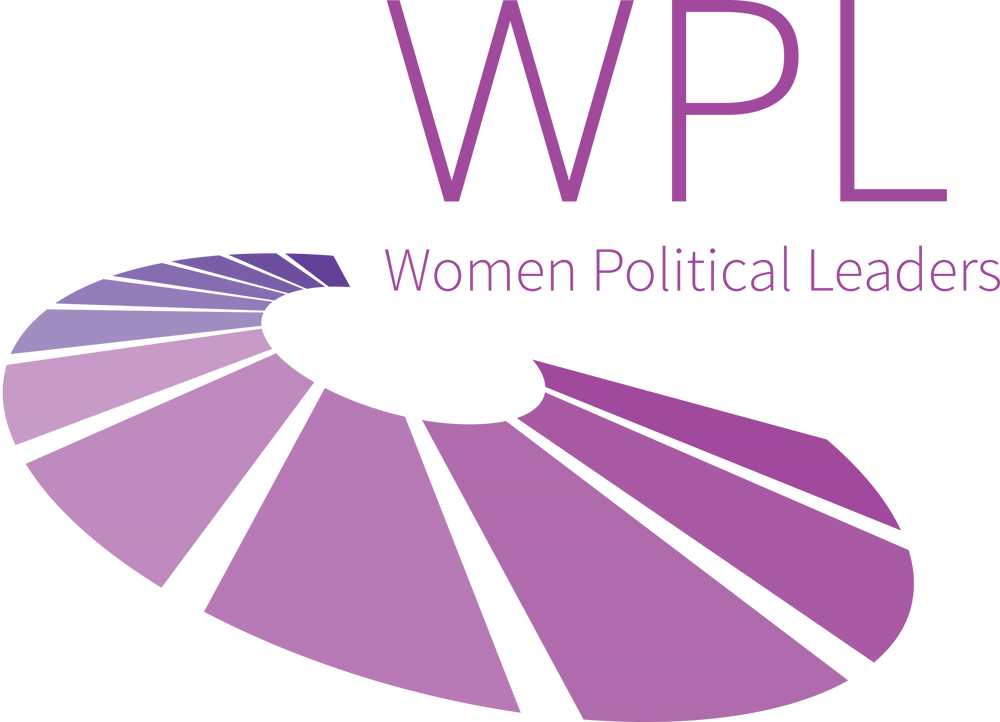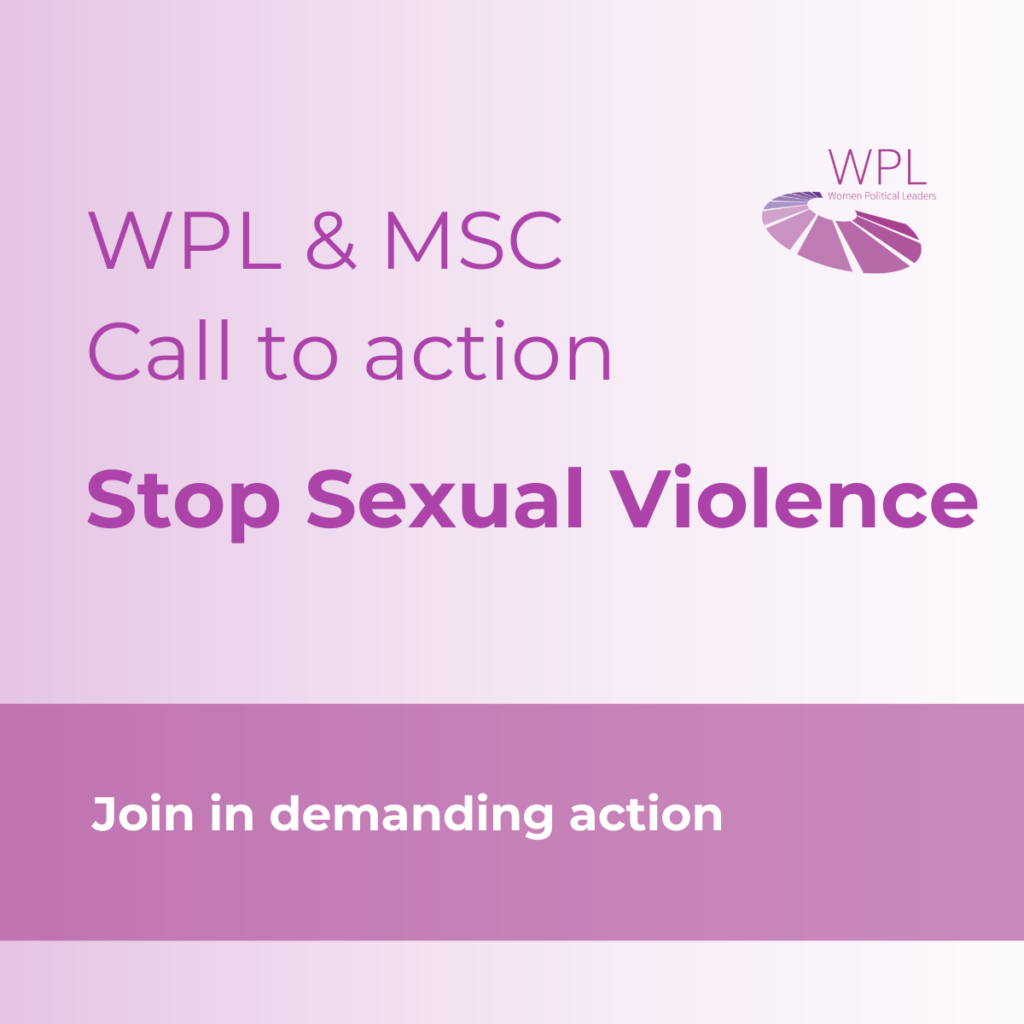The world’s gender gaps narrowed slightly in 2013 on the back of definite if not universal improvements in economic equality and political participation between the sexes, according to the Global Gender Gap Report 2013, which is published today.
The eighth annual edition of the Report ranks 136 countries on their ability to close the gender gap in four key areas: economic participation and opportunity, political empowerment, health and survival, educational attainment, political participation and economic equality. Of the 133 countries that were measured in both 2012 and 2013, 86 actually improved their gender gap during this time. Overall, the Report finds Iceland the most advanced country in the world in terms of gender equality for the fifth year running. It, along with Finland (2nd), Norway (3rd) and Sweden (4th), has now closed over 80% of its gender gap. These countries are joined in the top 10 by the Philippines, which enters the top five for the first time, Ireland (6th), New Zealand (7th), Denmark (8th), Switzerland (9th) and Nicaragua (10th).
Elsewhere, in 14th place Germany is the highest-placed individual G20 economy, although it falls one place from 2012. Next is South Africa (17th, down one), the United Kingdom (level on 18th) and Canada (up one to 20th). The United States comes 23rd, also down one place since 2012. After South Africa, the next highest BRICS nation is Russia (61st), followed by Brazil (62nd), China (69th) and India (101st). At the bottom of the ranking are Chad (134th), Pakistan (135th) and Yemen (136th).
At the global level, the Report finds that in 2013, 96% of the health and survival gender gap has now been closed. It is the only one of the four pillars that has widened since the Report was first compiled in 2006. In terms of education, the global gender gap stands at 93%, with 25 countries having closed their gaps completely. The gender gaps for economic equality and political participation are only 60% and 21% closed respectively, although progress is being made in these areas, with political participation narrowing by almost 2% over the last year. In both developing and developed countries alike, relative to the numbers of women in tertiary education and in the workforce overall, women’s presence in economic leadership positions is limited.
Regional Analysis
Europe’s progress towards eliminating its gender gap is polarized, with countries from Northern and Western Europe presenting a stark contrast to those from the South and East. Spain comes in 30th, having closed 72% of its gender gap, France ranks 45th (70% closed) while Italy ranks 71st.
The Philippines is the highest ranking country in Asia, primarily due to success in health, education and economic participation. China stays in the same position as last year. India remains the lowest-ranked of the BRICS economies, even after gaining four places. Japan (105th) slips four places despite some improvements in the economic participation and opportunity subindex score. Japan is followed in the region by the Republic of Korea (111th).
Latin America’s leading nation when it comes to closing the gender gap is Nicaragua. At 10, it has now ranked in the top 10 for two years, largely on the back of a strong performance in terms of political empowerment. Cuba is next (15th), followed by Ecuador (25th). Mexico climbs 16 places to 68, due to increases in the number of female parliamentarians and the number of women in professional roles. Brazil holds firm at 62 despite a slight improvement in its overall score.
The Middle East and North Africa is the only region not to have improved its overall standing in 2013. The highest placed country in the region is the United Arab Emirates (109th), which has achieved parity in education. Nevertheless most countries in the region, including Bahrain (112th), Qatar (115th) and others are still failing to adequately capitalize on the investments in education through greater economic and political contributions from women.
A number of countries in Africa fare relatively well in this year’s Report, with Lesotho (16th), South Africa (17th), Burundi (22nd) and Mozambique (26th) all in the top 30. This is largely due to the participation of women in the workforce. Through this economic activity, women have greater access to income and economic decision-making, but are often present in low-skilled and low-paid sectors of the economy.
The index shows four broad groups emerging. The first group comprises those that have made investments in women’s health and education and are now seeing a return in terms of economic and political participation. In a second group are countries that are investing in these areas yet failing to exploit their additional talent pool due to prevailing social and institutional barriers. In the third group are countries where significant education and health gaps are preventing women from achieving their full potential even though they fulfill an important role in the workforce, often in low-skilled labour. The last group comprises countries that have large education, economic and political gaps.
“Countries will need to start thinking of human capital very differently – including how they integrate women into leadership roles. This shift in mindset and practice is not a goal for the future, it is an imperative today,” said Klaus Schwab, Founder and Executive Chairman of the World Economic Forum.
“Both within countries and between countries are two distinct tracks to economic gender equality, with education serving as the accelerator. For countries that provide this basic investment, women’s integration in the workforce is the next frontier of change. For those that haven’t invested in women’s education, addressing this obstacle is critical to women’s lives as well as the strength of economies,” said Saadia Zahidi, co-author of the Report and Head of the Women Leaders and Gender Parity Programme.
Notes to Editors
The Global Gender Gap Report’s index assesses 136 countries, representing more than 93% of the world’s population, on how well resources and opportunities are divided among male and female populations. The Report measures the size of the gender inequality gap in four areas:
- Economic participation and opportunity – salaries, participation and highly skilled employment
- Educational attainment – access to basic and higher levels of education
- Political empowerment – representation in decision-making structures
- Health and survival – life expectancy and sex ratio
Index scores can be interpreted as the percentage of the gap that has been closed between women and men. Of these, 110 have been covered since the first edition of the Report in 2006. Of the 14 variables used to create the index, 13 are from publicly available hard data indicators from international organizations such as the International Labour Organization, the United Nations Development Programme and the World Health Organization.
The magnitude and particulars of gender gaps in countries around the world are the combined result of various socio-economic and cultural variables. The closure or continuation of these gaps is intrinsically connected to the framework of national policies in place. For the third consecutive year, the Report includes new data from a survey of various national ministries analysing the use of policies designed to facilitate female workforce participation in 87 countries.
Aetna, Bank of America, Burda Media, the Coca-Cola Company, EY, Heidrick & Struggles, Jones Lang LaSalle, ManpowerGroup, McKinsey & Company, NYSE Euronext, the Olayan Group, Omnicom Group, Renault-Nissan Alliance and Takeda Pharmaceutical are Community Partners of the World Economic Forum’s Women Leaders and Gender Parity Programme.
Read the Global Gender Gap Report: http://wef.ch/gggr13full
Use the PDF reader: http://wef.ch/gggr13pdf
Watch video interviews on the Report: http://wef.ch/gggr13video
Use our interactive heatmap: http://wef.ch/gggr13map
Follow the Forum on Twitter at http://wef.ch/twitter
Become a fan of the Forum on Facebook at http://wef.ch/facebook
Read the Forum blog at http://wef.ch/blog
Subscribe to Forum news releases at http://wef.ch/news




